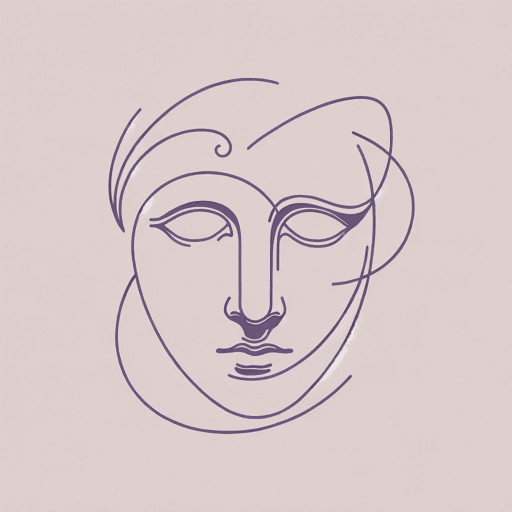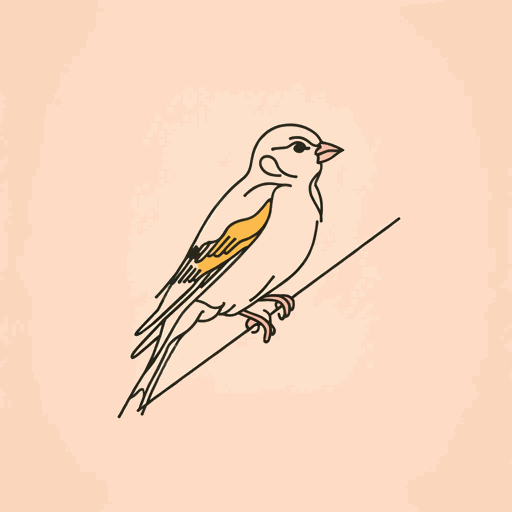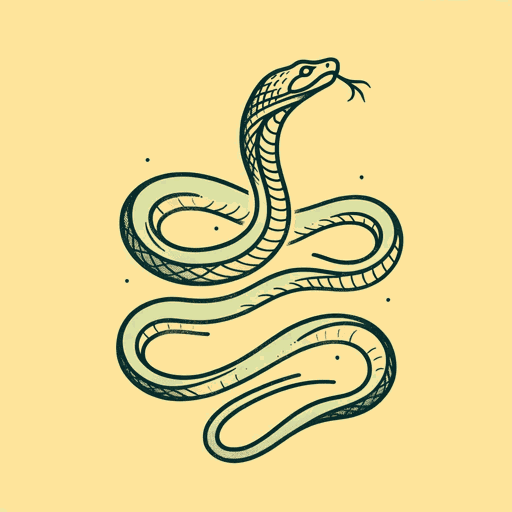43 pages • 1 hour read
Donna TarttThe Secret History
Fiction | Novel | Adult | Published in 1992A modern alternative to SparkNotes and CliffsNotes, SuperSummary offers high-quality Study Guides with detailed chapter summaries and analysis of major themes, characters, and more.
Themes
The Morbid Aesthetic of Death and Beauty
From the first chapter of The Secret History, the concept of beauty casts an ominous shadow. The narrator, Richard Papen, opens the novel with the reflection that his “fatal flaw” is “a morbid longing for the picturesque at all costs” (7). He thus suggests that he has done something terrible—or, at very least, something costly—to fulfill his “longing for the picturesque.” Richard highlights Julian’s classics lessons wherein the “morbid” commingles with “the picturesque.” Julian expounds that “[d]eath is the mother of beauty” (39) and that “beauty [is] terror” (39), and Richard begins to notice signs of these philosophies in all aspects of his environment: from the dark decay of red autumn leaves to the cold beauty of Camilla’s voice as she recites a speech from the murderous Clytemnestra in Agamemnon.
The ultimately murderous bacchanals thrown by Henry, Camilla, Charles, and Francis likewise attempt to make meaning by commingling of beauty and terror, for their debauches are designed to allow them to throw off the boundaries of social rules and embrace an altered state of frenzy in which any action becomes possible. Thus, this radical activity based upon Julian’s teachings ultimately causes the students to create a macabre marriage of death and beauty, for their frenzied bacchanals eventually result in the accidental death of an innocent bystander, a Vermont farmer.
Related Titles
By Donna Tartt



